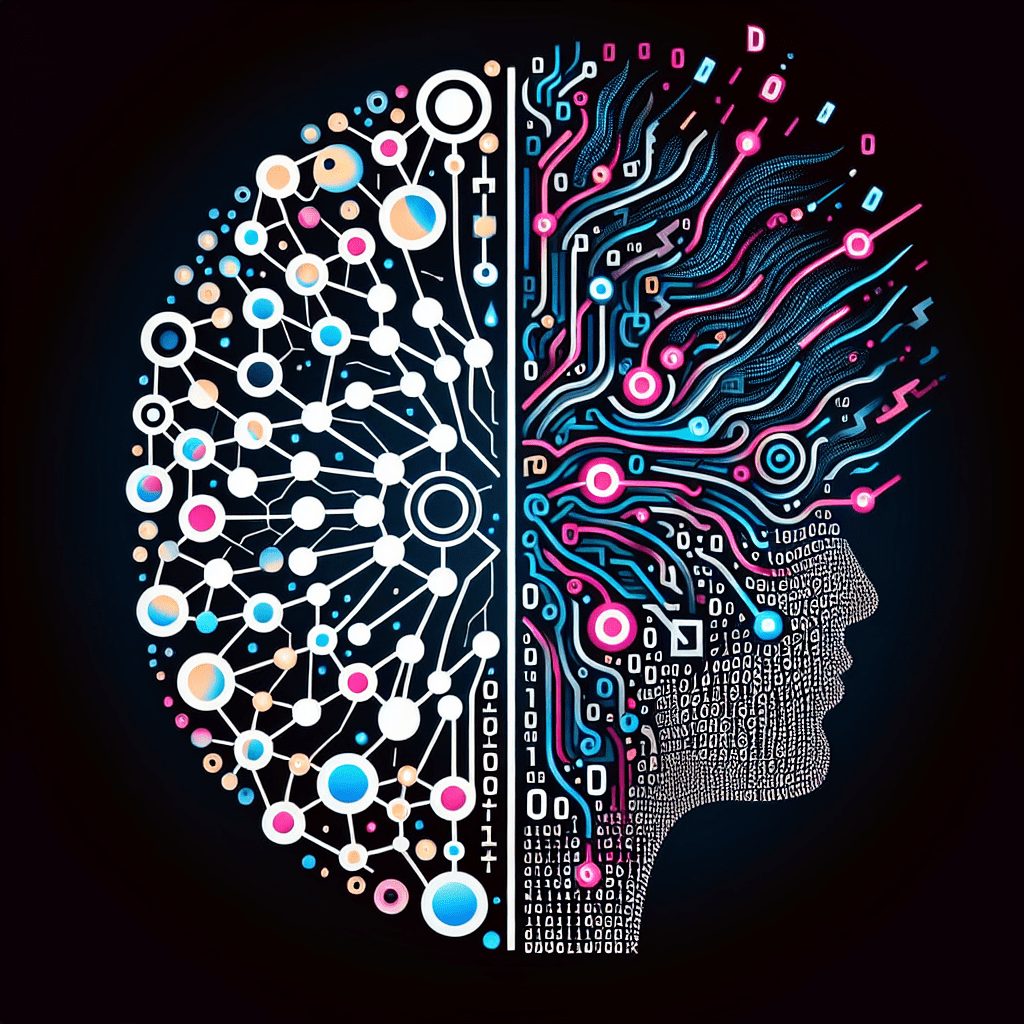Your cart is currently empty!
How GANs are Revolutionizing NLP

Request immediate IT services, talents, equipments and innovation.
Generative Adversarial Networks (GANs) have been making waves in the field of artificial intelligence and machine learning. Originally developed by Ian Goodfellow and his colleagues in 2014, GANs have since been used in a wide range of applications, from image generation to voice synthesis. Now, GANs are also revolutionizing Natural Language Processing (NLP), offering new opportunities for text generation, language translation, and more.
One of the key advantages of GANs in NLP is their ability to generate realistic text samples. Traditional language models, such as recurrent neural networks (RNNs) and transformers, often struggle with generating coherent and meaningful text. GANs, on the other hand, can produce more realistic and human-like text by training two neural networks simultaneously: a generator that creates text samples and a discriminator that evaluates the quality of those samples. By competing against each other, the generator and discriminator can improve the quality of the generated text over time.
GANs have also been used for text style transfer, where the style of a given text can be changed while preserving its content. This is particularly useful for tasks like paraphrasing, where the same information needs to be expressed in a different way. GANs can learn to capture the style of a specific text and transfer it to another text, allowing for more flexible and creative text generation.
Another application of GANs in NLP is language translation. Traditional machine translation models rely on parallel corpora, which consist of pairs of sentences in different languages. However, collecting and maintaining such corpora can be time-consuming and expensive. GANs offer a more data-efficient approach to language translation by learning to map text from one language to another without the need for parallel corpora. This is especially beneficial for low-resource languages that may not have enough training data available.
Overall, GANs are revolutionizing NLP by offering new capabilities for text generation, style transfer, and language translation. As the field of artificial intelligence continues to advance, GANs are likely to play an increasingly important role in shaping the future of NLP. Whether it’s generating creative stories, translating languages, or improving the quality of text generation models, GANs are opening up new possibilities for how we interact with and understand language.
Request immediate IT services, talents, equipments and innovation.
#GANs #Revolutionizing #NLP,gan)
to natural language processing (nlp)
Discover more from Zion AI: Free Marketplace for Talents, Tech Jobs, Services & Innovation, Sign-up for free
Subscribe to get the latest posts sent to your email.

Leave a Reply